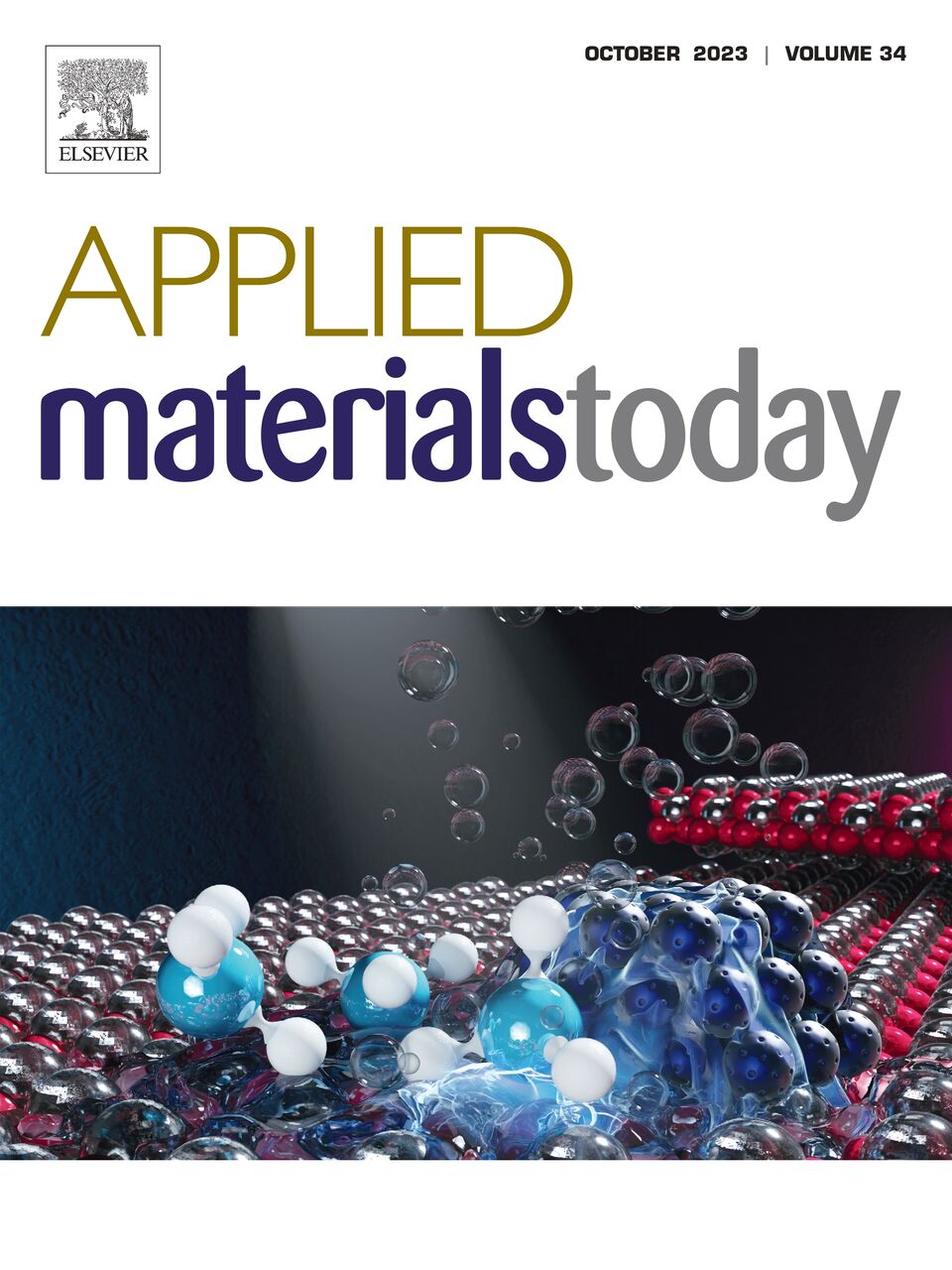Researchers from Palacký University and VSB-TUO have unveiled an environmentally friendly method for the production of hematene, a two-dimensional material derived from the iron ore. Their groundbreaking work, featured in Applied Materials Today, paves the way for sustainable applications in clean energy and environmental technologies, garnering the prestigious cover-page position in the journal.
Hematene is a relatively young material with intriguing electrochemical and photocatalytic properties that position it favourably for a variety of technological applications. Notably, it holds promise in applications such as the photocatalytic decomposition of ammonia to generate hydrogen, a sustainable and clean fuel source. However, the existing approaches used to produce hematene are not very environmentally friendly as they use toxic organic solvents.
“In this groundbreaking study, we introduce an ecologically responsible method for synthesizing 2D hematene through the exfoliation of readily available iron oxide in a pure aqueous solution, aided by ultrasound. The resulting hematene layers are only a few nanometers thick and exhibit exceptional electrochemical properties in the field of charge transfer, rendering them well-suited for photocatalytic applications. This pioneering approach not only unlocks the potential for sustainable production of various 2D materials based on metal oxides but also underscores the use of layered minerals and water as primary feedstocks, with ultrasound as the energy source for facilitating chemical exfoliation,” said Radek Zbořil, Head of Materials-Envi Lab at VSB-TUO and Scientific Director of CATRIN-RCPTM.
Adding a new dimension to the findings, the researchers discovered that introducing ruthenium to a conductive hematene substrate yields a remarkable synergistic effect in the generation of electrons and holes, particularly when exposed to visible light. “This innovation enabled the efficient breakdown of ammonia into hydrogen and nitrogen, an important reaction for hydrogen storage technologies. The application of ruthenium-doped hematene as an environmentally friendly photocatalyst holds significant promise in the development of clean energy production and storage technologies,” emphasized Michal Otyepka, a co-author of the study and Head of CATRIN-RCPTM, Olomouc, and NANO Lab at IT4Innovations in Ostrava.

